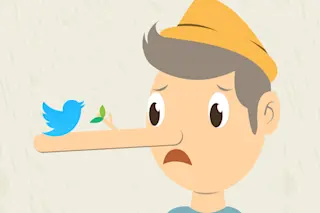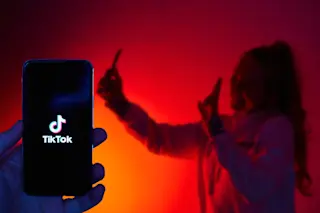(Credit: Shutterstock) Thomas Jefferson was quite clear in his belief that an informed citizenry formed the very foundation of a functioning democracy. If that’s the case, then the hive mind of Twitter is an indication that our democratic foundation may be crumbling. It’s impossible engage in rational, productive discussions about the current state of affairs if people can’t sip from a mutual fount of objective truth—the sky is blue, the Earth is round. When we diverge from the truth, we can pay a high price. In 2013, for example, someone hacked the Associated Press Twitter account and falsely tweeted that Barack Obama had been injured in an explosion, and the Dow Jones Industrial Average shed 140 points and kicked off 4 minutes of panic on the trading floor. It was just another day on Twitter. While Twitter has certainly expedited the transfer of information, it’s also a den of lies ...
On Twitter, Truths Are Continually Trounced by Falsehoods
Explore how false political stories spread faster than the truth on Twitter, impacting our understanding of reality and trust in news.
More on Discover
Stay Curious
SubscribeTo The Magazine
Save up to 40% off the cover price when you subscribe to Discover magazine.
Subscribe













